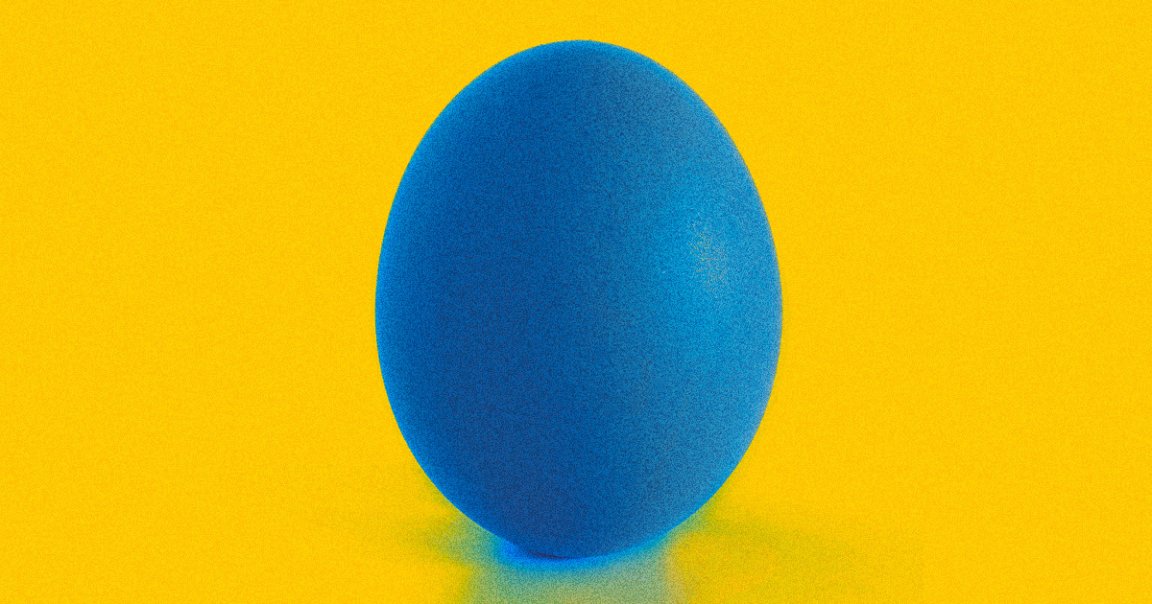
In more terrible news from the tiny-bits-of-plastic front: a recent study from researchers at the Netherlands’ Leiden University found that nanoplastics — particles even smaller than microplastics — cause absolutely horrid development problems in chicken embryos, leading to extensive malformations and birth defects in newborn chicks.
“Polystyrene nanoplastics cause a wide spectrum of severe congenital malformations in the chick embryo,” the scientists write in the study, published this month in the journal Environment International.
“We provide the first evidence,” the added, “that nanoplastics cause severe defects in the heart and great vessels.”
The harrowing study comes at a pivotal moment for human society, during which we attempt to grapple with what the ever-growing omnipresence of microplastics — which have been discovered everywhere from the most remote parts of Antarctica to the human bloodstream, and even newborn human babies — means for the environment, as well as for our own bodies (thus far, none of it is good.)
To conduct the study, the researchers manually injected hefty amounts of tiny plastic particles into the embryos. And then, put very simply, they sat back and watched the plastics do their thing.
The scientists were able to observe as the particles traveled through the cellular membrane, settling into various embryonic organs. The real trouble, however, came when the scientists realized that the nanoparticles were sticking to the chicks’ neural crest cells, a type of stem cell that starts in the spinal cord, but migrates to help form critical parts of the body, including the heart and arteries, the nervous system, facial features, and more.
In an alarming turn, the researchers realized that the plastics were actually trapping those neural crest cells in the spine — meaning that the important stem cells couldn’t travel to where they needed to go, and thus, those parts of the body couldn’t form properly.
“Neural crest cells are sticky,” Michael Richardson, a developmental biologist at Leiden University and a study coauthor, said in a university press release, “so nanoparticles can adhere to them and thereby disrupt organs that depend on these cells for their development.”
“I like the metaphor of making dough. When making bread, for example, you put flour on it to make it not sticky anymore,” he continued. “However, in this case, it ruins the migration of the neural crest cells.”
“We see malformations in the nervous system, heart, eyes and other parts of the face,” added Meiru Wang, a researcher at the university and another study coauthor.
Importantly, the scientists did inject the chicks with some seriously extreme levels of nanoparticles, with Wang explaining in the press release that the levels used to conduct the study “would normally not be present in an organism.”
But still, that’s just what’s normal today. Scientists are constantly finding microplastics in new and alarming places, from the depths of the ocean to the human placenta. And as Science Alert points out, if plastic use doesn’t slow down, we should expect the world environment to hold 900 million tons of microplastics by 2025 — double what that number was in 2018.
And ultimately, says Wang in the press release, their findings, if still somewhat pre-emptive, show “what nano-plastics can do in extreme cases on very young embryos.”
The study also “gives us guidelines on what can happen less severely,” she added, “in the developmental stage.”
READ MORE: Nanoplastics Interfere With Developing Chicken Embryos in Terrifying Ways [Science Alert]
More on plastics: Pollution Is Shrinking Human Penises, Warns Famous Environmentalist